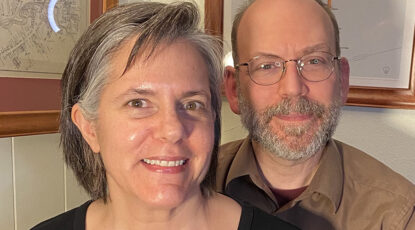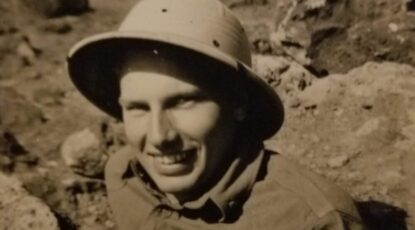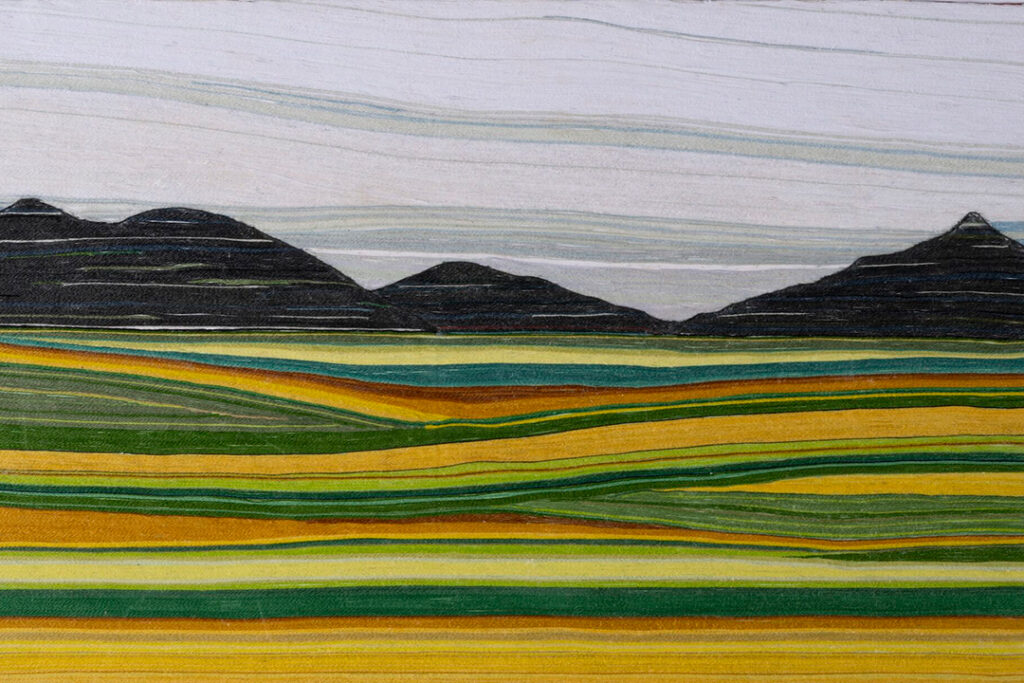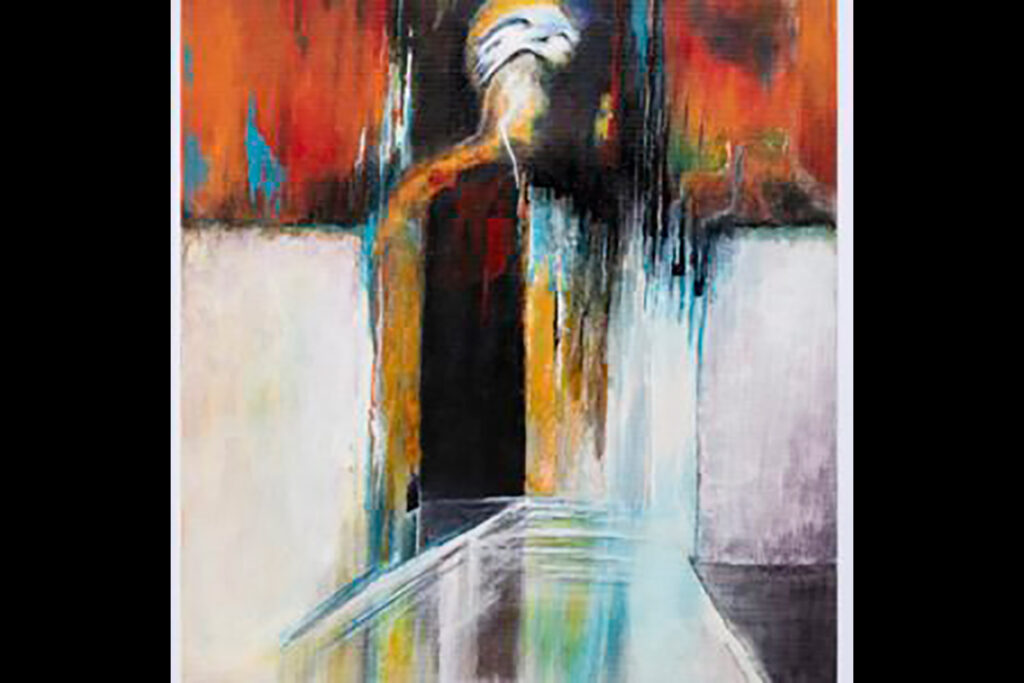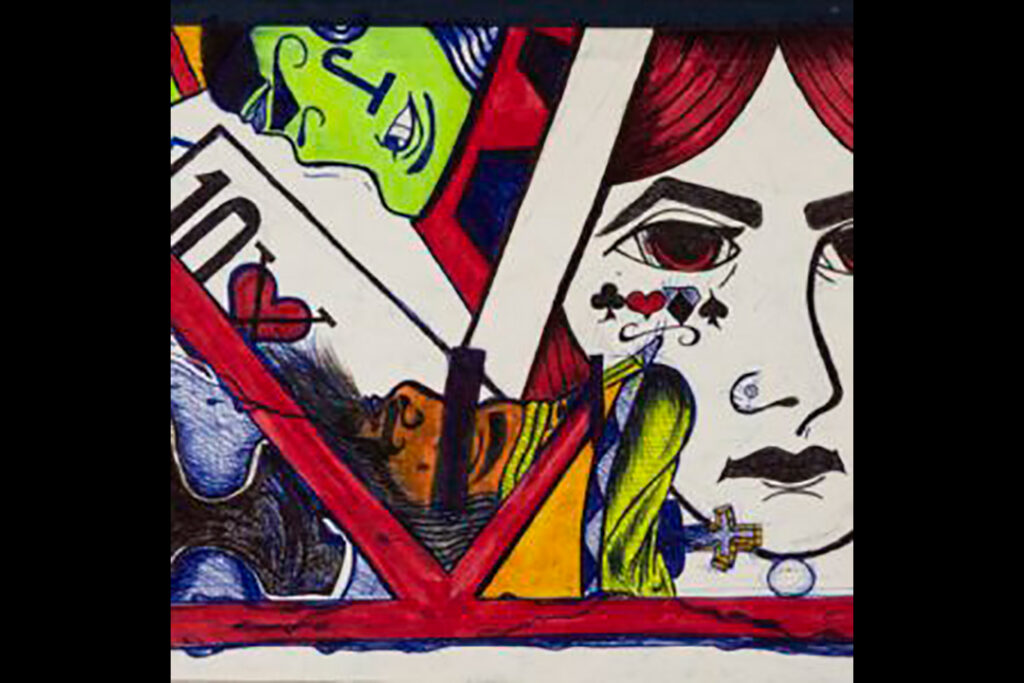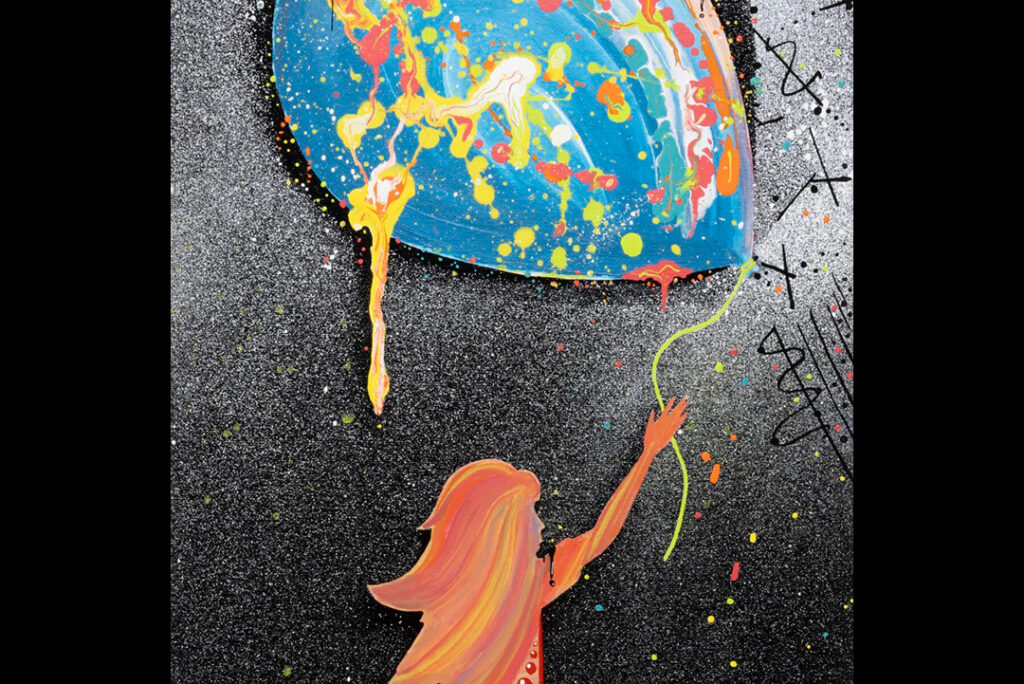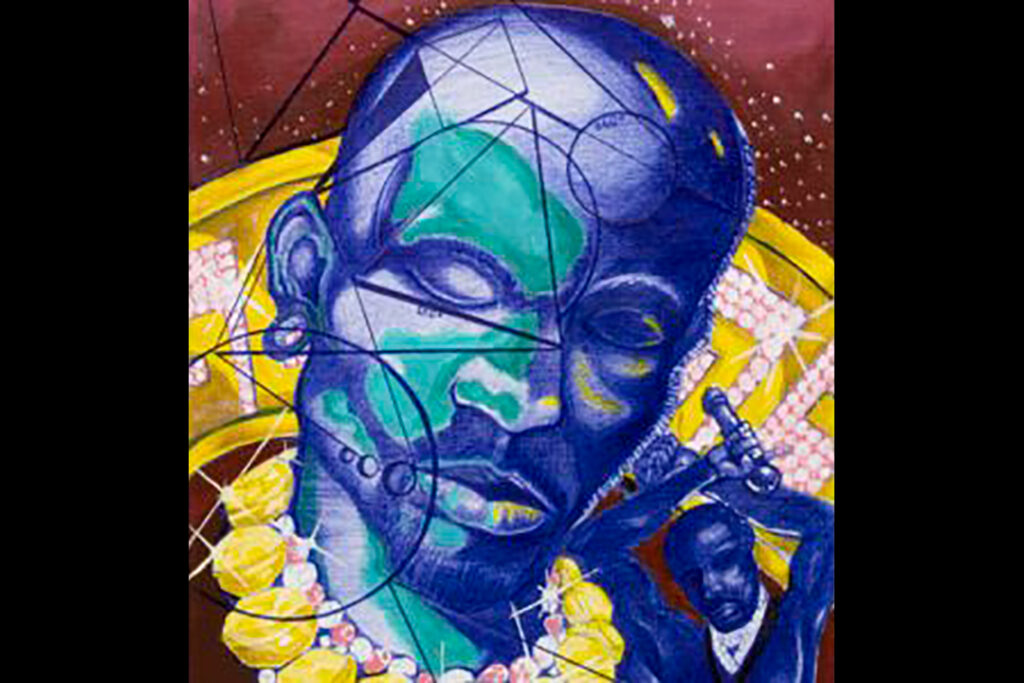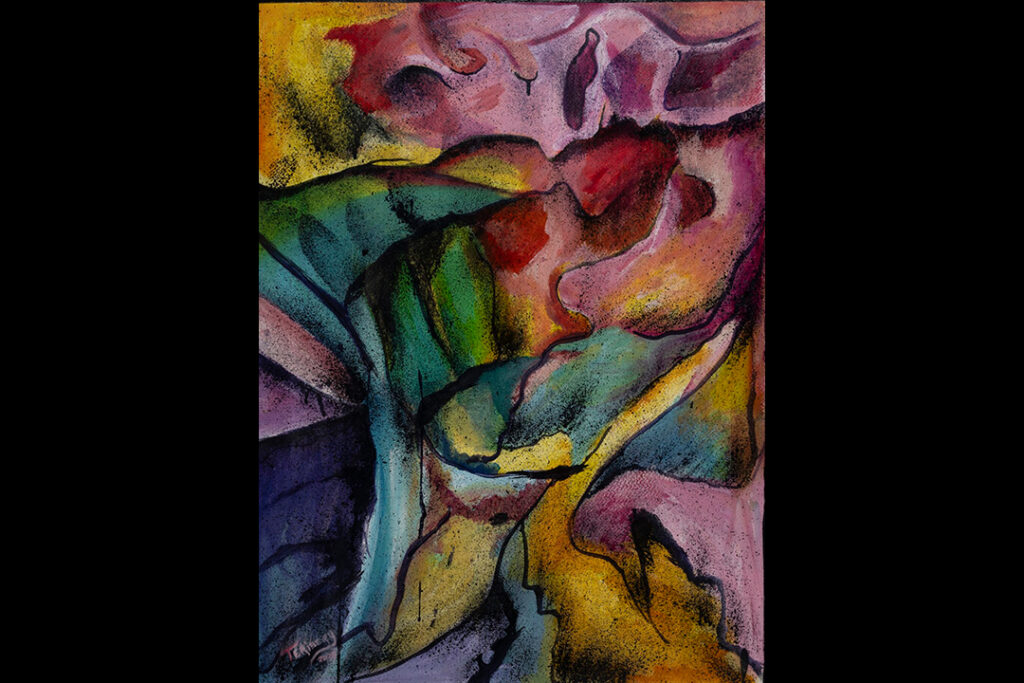Ono highlights impact of state support on student success, affordability, economic growth
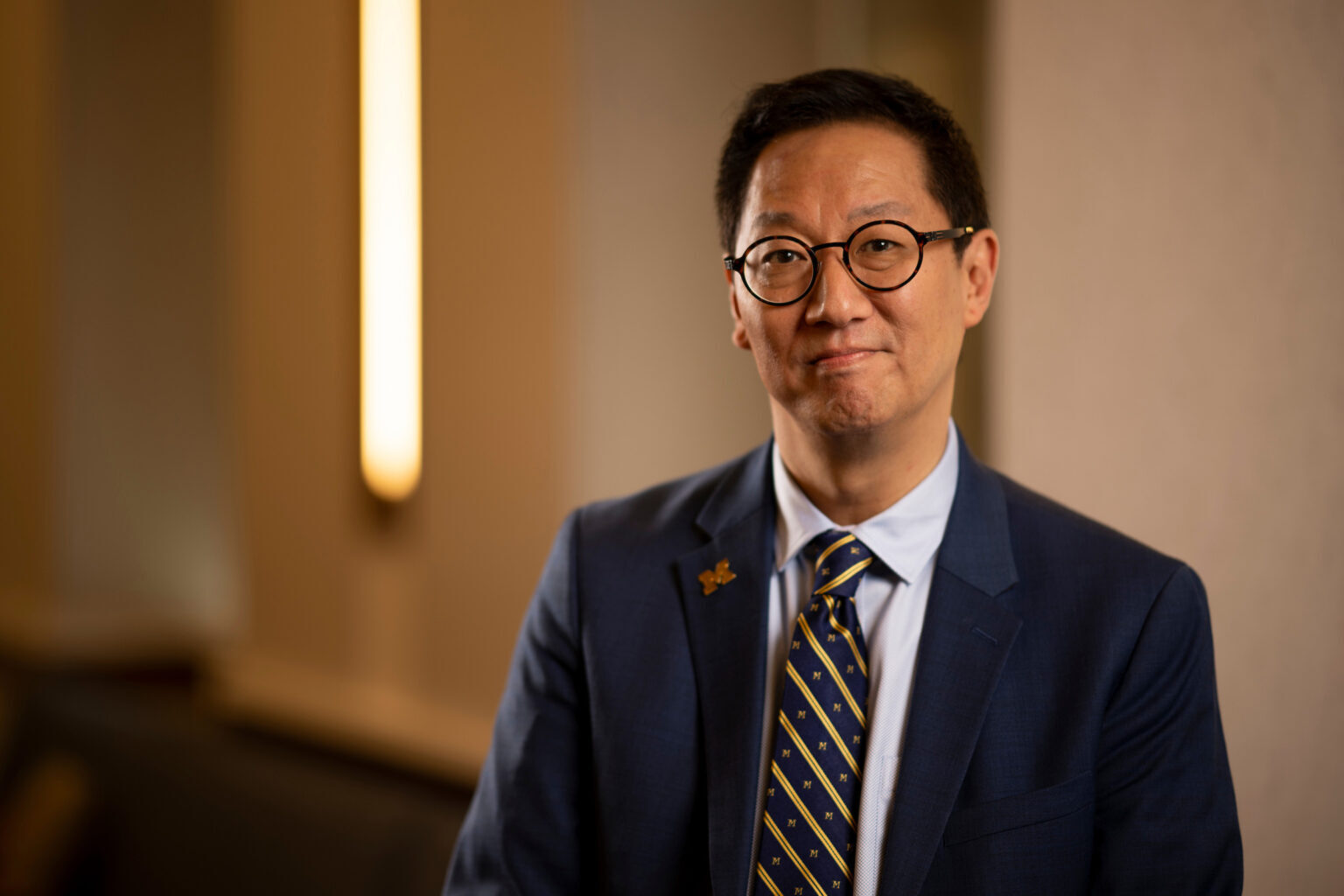
In testimony before the Michigan House Appropriations Subcommittee on Higher Education and Community Colleges in Lansing on April 30, President Santa J. Ono reinforced the vital role state funding plays in furthering the success of students, driving economic development, and maintaining affordable access to a world-class higher education experience for students across the state.
-
More weapons in U.S. homes since pandemic
Days before a 15-year-old allegedly killed four students and wounded others at an Oxford, Mich., high school, his father purchased the firearm used in the attack. A U-M study shows gun ownership among parents of teens spiked with the pandemic.
-
Maize, blue, and a destiny for two
Some people believe our destiny is written in the stars. But for the families of Megan Rubiner Zinn, BA ’88, and Fred Zinn, it was written in the text of a 1946 admissions letter produced on a manual typewriter with a wonky ‘e.’
-
The Tappan Oak: A tale of life, death, and rebirth
On a sad day in November, U-M foresters felled the Diag’s decayed ‘Tappan Oak,’ so named by the Class of 1858. But thanks to a solitary student, that is not the end of the story.
-
Water affordability crisis looms
Water and sewer service affordability, at both household and community levels, is a widespread problem across Michigan. A new study warns it may get worse if left unchecked.
-
‘This line of bullets missed me by 15 feet’
Herb Elfring, BS ’50, is one of the few remaining survivors of Japan’s 1941 attack on Pearl Harbor. At age 99, the Army radar specialist remembers this ‘day that will live in infamy’ as though it happened yesterday.
-
Wolverines win Big Ten Championship
Jim Harbaugh’s Wolverines won the 2021 Big Ten Championship Dec. 4, ending a 16-year drought. Michigan football marked a decisive victory over the Iowa Hawkeyes, winning 42-3. The No. 2-ranked team will make its first-ever appearance in the College Football Playoff, facing No. 3 Georgia in the Capital One Orange Bowl Dec. 31.
Columns
-
President's Message
Reaffirming our focus on student access and opportunity
U-M seeks to ensure every student will rise, achieve, and fulfill their dreams. -
Editor's Blog
Peace out
It's a mad, mad, mad, mad world out there. -
Climate Blue
Keeping our focus on climate
As federal support for climate science wanes, Ricky Rood remains hopeful. -
Health Yourself
Are you an ‘ager’ or a ‘youther’?
Why do some people appear younger or older than people born in the same year?
Listen & Subscribe
-

MGo Blue podcasts
Explore the Michigan Athletics series "In the Trenches," "On the Block," and "Conqu'ring Heroes." -

Michigan Ross Podcasts
Check out the series "Business and Society," "Business Beyond Usual," "Working for the Weekend," and "Down to Business." -

Michigan Medicine Podcasts
Hear audio series, news, and stories about the future of health care.
In the news
- Space.com James Webb Space Telescope finds coldest exoplanet ever seen, and it orbits a dead star
- USA Today DTE Energy, other utilities wrestle with extreme weather, deregulation and rising costs
- The Conversation A Michigan research professor explains how NIH funding works—and what it means to suddenly lose a grant
Creativity and connection across prison walls
One of the world’s largest and longest-running exhibitions of incarcerated artists is back with new programming designed to foster connection and deepen public understanding of incarceration in Michigan. The 29th annual Exhibition of Artists in Michigan Prisons, curated by U-M’s Prison Creative Arts Project, showcases 772 artworks by 538 artists incarcerated in 26 state prisons. The Duderstadt Center Gallery on U-M’s North Campus is presenting the artwork through April 1.


